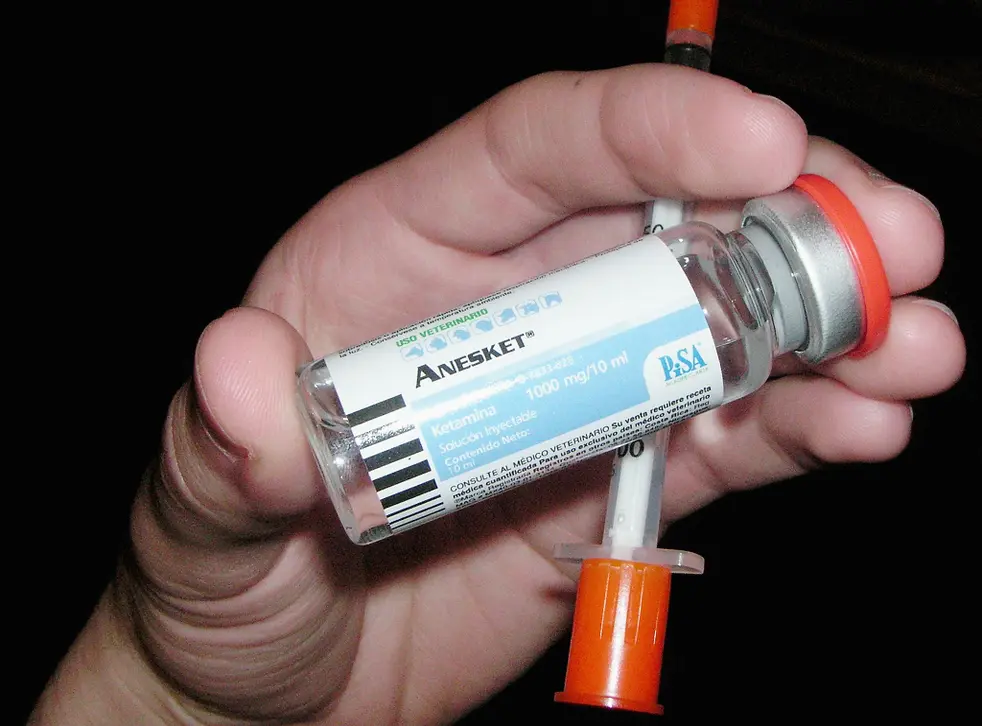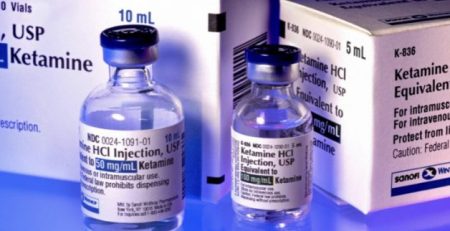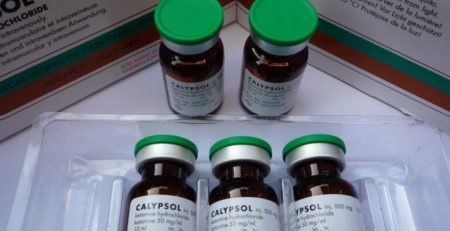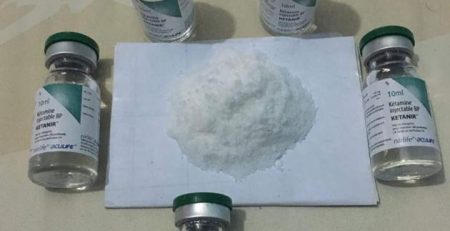Ketamine for Depression: What to Know
Emergency responders may give it to an agitated patient who, for example, they have rescued from a suicide attempt. That’s how Ken Stewart, MD, says doctors began to realize that the drug had powerful effects against depression and suicidal thoughts. Ketamine for Depression
Ketamine causes what doctors call a “dissociative experience” and what most anyone else would call a “trip.” That’s how it became a club drug, called K, Special K, Super K, and Vitamin K among others. Partiers inject it, put it in drinks, snort it, or add it to joints or cigarettes. Ketamine IV Injection Clinic
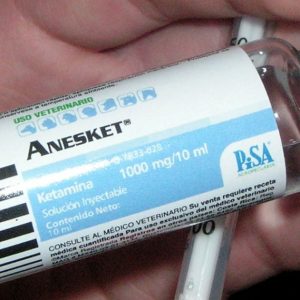
Ketamine can produce feelings of unreality;
visual and sensory distortions; a distorted feeling about one’s body; temporary unusual thoughts and beliefs; and a euphoria or a buzz,” says John Krystal, MD, chief of psychiatry at Yale-New Haven Hospital and Yale School of Medicine in Connecticut, where he is a leader in studying ketamine’s antidepressant effects.
The trip lasts about 2 hours. But there are risks of casual use. The most serious are unconsciousness, high blood pressure, and dangerously slowed breathing. The drug could also cause long-term problems, such as ulcers and pain in the bladder; kidney problems; stomach pain; depression; and poor memory. Ketamine could be fatal for people who abuse alcohol or if you take it while you’re drunk.
But the drug’s potential as a treatment for depression and antidote to suicidal thoughts has drawn researchers’ attention. They’ve studied and administered it in controlled, clinical settings to help with treatment-resistant depression and other conditions.
To be clear: Casual use is not a treatment for depression. But doctors have developed a protocol for medically supervised use that may help people who don’t get relief from other medications.
Receiving Ketamine – Best Place to Order Ketamine Online
Ketamine comes in several forms. The only one that the FDA has approved as a medication for depression is a nasal spray called esketamine (Spravato). It’s for adults who either haven’t been helped by antidepressant pills, have major depressive disorder, or are suicidal. They continue on their antidepressant and receive esketamine at a doctor’s office or in a clinic, where a health care provider watches over them for 2 hours after the dose.
For treatment-resistant depression, patients usually get the nasal spray twice a week for 1 to 4 weeks; then once a week for weeks 5 to 9; and then once every week or 2 after that.
The spray has a “black box” warning about the risk of sedation and trouble with attention, judgment, and thinking, as well as risk for abuse or misuse of the drug and suicidal thoughts and behaviors.
Other forms of Ketamine
Not approved by the FDA for mental health conditions include IV infusion, a shot in the arm, or lozenges. Most research looks at ketamine given by IV. You can only get it by IV or shot in a doctor’s office. Some doctors will prescribe lozenges for at-home use — often to keep depression at bay between infusions. Ketamine IV Injection Clinic
Most research stops the initial treatment at 6 weeks. There’s no research to suggest that more than 6 weeks in a row brings more benefits, though people do go back for boosters if symptoms return.
The IV infusion lasts about 40 minutes. The dissociative experience starts quickly and takes about 15 to 20 minutes to wear off after the drip ends. A doctor is always on site during the whole process. The doctor isn’t necessarily in the room with the person being treated but is available if they need anything or become anxious or confused.
The antidepressant effects of ketamine wear off in hours, days, or a couple weeks in people who only get a single infusion. The series of infusions has longer-lasting effects.
Doctors who administer IV ketamine
Tend to recommend patients continue with their regular antidepressant regimen, too. As for the nasal spray, it’s only approved for use along with an oral antidepressant.
“Ketamine is an intervention, but the notion of ‘treatment’ is much broader than that,” he says.
Weeks, months, or years after their first series of six to eight doses, patients may return for a booster. There is no standard recommendation for when or if people need a booster. They discuss it with their doctor if symptoms of depression start to reappear.
How It Works
An estimated 70% of people who try medically supervised ketamine for a mental health condition, the benefits of ketamine continue after the trip is over. Researchers are studying why that may be.
Here’s what they know so far: A few depressed people won’t have the drug trip that ketamine typically causes, yet they still report relief from depression, starting a few days after a dose.
“When ketamine is in your system, you’ll likely have the dissociative effects, but that’s not the treatment”. “That’s just something you go through to get the treatment. The ketamine treatment is the reaction of your brain to ketamine, how your brain responds to exposure to ketamine.”
The brain can respond in a few different ways depending on the state it was in to begin with. For example, some people with long-term depression lose some important connections in their brains (called synapses) that let nerve cells communicate.
“We think that the number of synapses goes down because depression is so stressful that you actually prune or lose some of the synaptic connections in the brain,”
But research shows that within 24 hours of the first dose of medically supervised ketamine, those lost connections start to regrow. The more synapses they grow, the better the antidepressant effects of ketamine are for them.
Other Brain Effects
Ketamine may work in other ways in the brain, too.
Some nerve cells (neurons) in the brain involved in mood use a chemical (neurotransmitter) called glutamate to communicate with each other. The nerve cells need glutamate receptors — think of them like catcher’s mitts for glutamate.
In the brains of some people with depression, those nerve cells don’t get so excited by glutamate anymore. It’s as if the glutamate receptors — the catcher’s mitts — are deactivated or weakened.
But after people with this particular problem receive ketamine, those nerve cell connections get restocked with new glutamate receptors. It’s as if ketamine helps make new catcher’s mitts for the glutamate, so that the nerve cells can respond to it again.
Research suggests that though ketamine’s main action is in glutamate receptors, it needs opioid receptors to have its antidepressant effects, too. For psychiatrist Alan Shatzberg, MD, who did some of the research that uncovered this, that’s concerning.
Where to Buy Ketamine online safe and discreet
“It may not matter, but it does concern me, personally, that ketamine works through an opioid mechanism,” he says. The worry, which other researchers have mentioned in studies of ketamine, is that people might require larger and larger doses of ketamine over time in order to feel its effects — as is the case with opioid painkillers. The spreading and tapering of treatments over time should help reduce this risk. Ketamine for Depression
Of course, any comparison to opioids raises the question of the risk of addiction.
“I think it’s probably less addictive than opioids, but it’s not without its risks,” says Shatzberg, who is the director of Stanford University’s Mood Disorders Center. Indeed, case studies have described people who showed signs of addiction or abused the drug.
Because it’s an off-label treatment, it may be too soon to tell whether the risk of addiction or tolerance outweighs the possible benefits. It’s important to note though that some recommendations suggest it may not be safe for people who have a history of substance abuse. Many clinical trials have barred people with substance use problems.
It also may not be safe for people who have schizophrenia. “At the antidepressant dose, ketamine transiently worsens their symptoms of psychosis.

